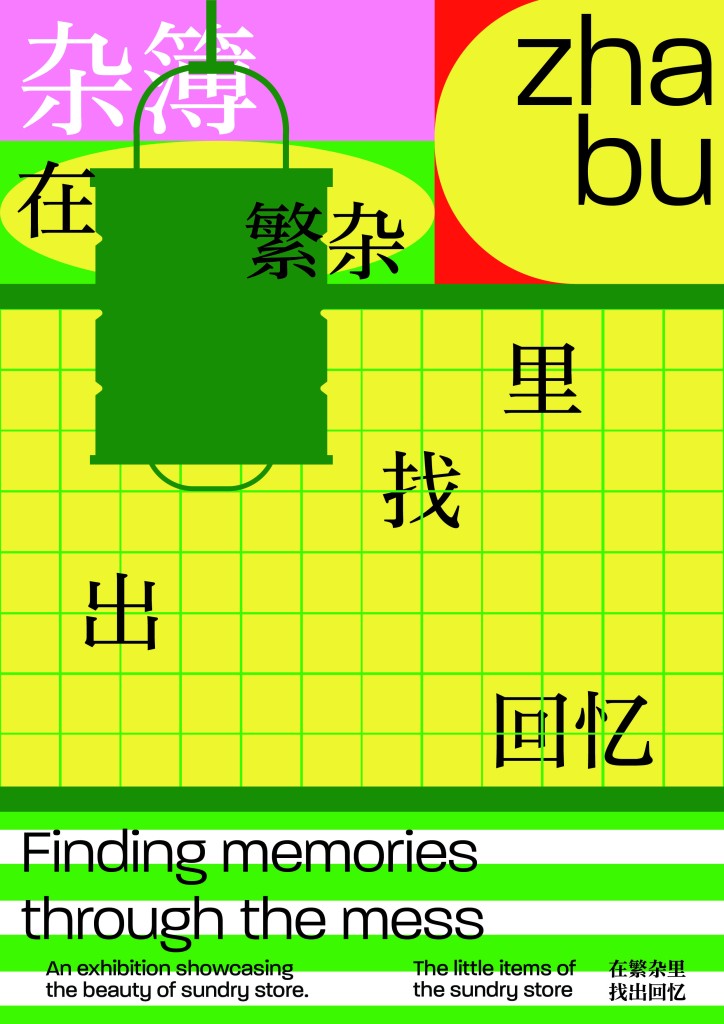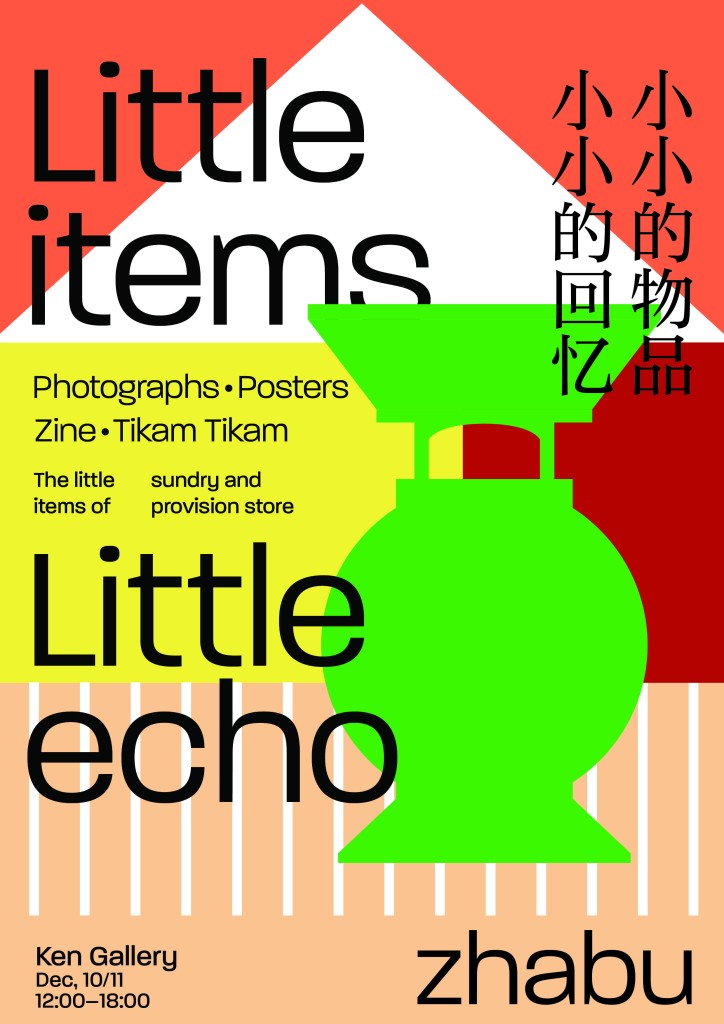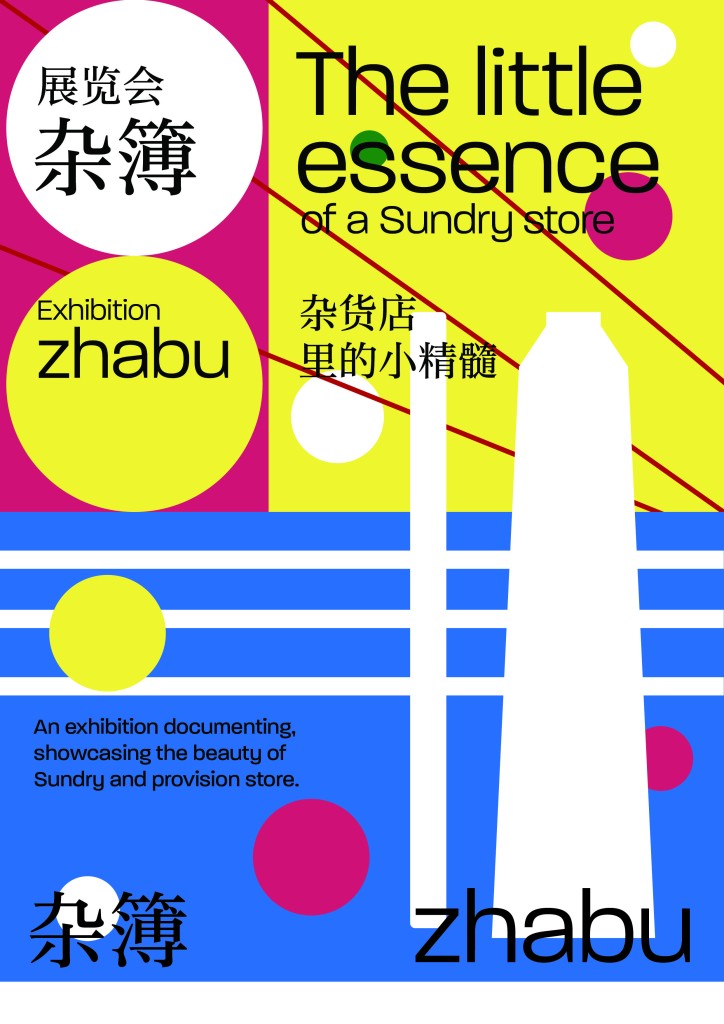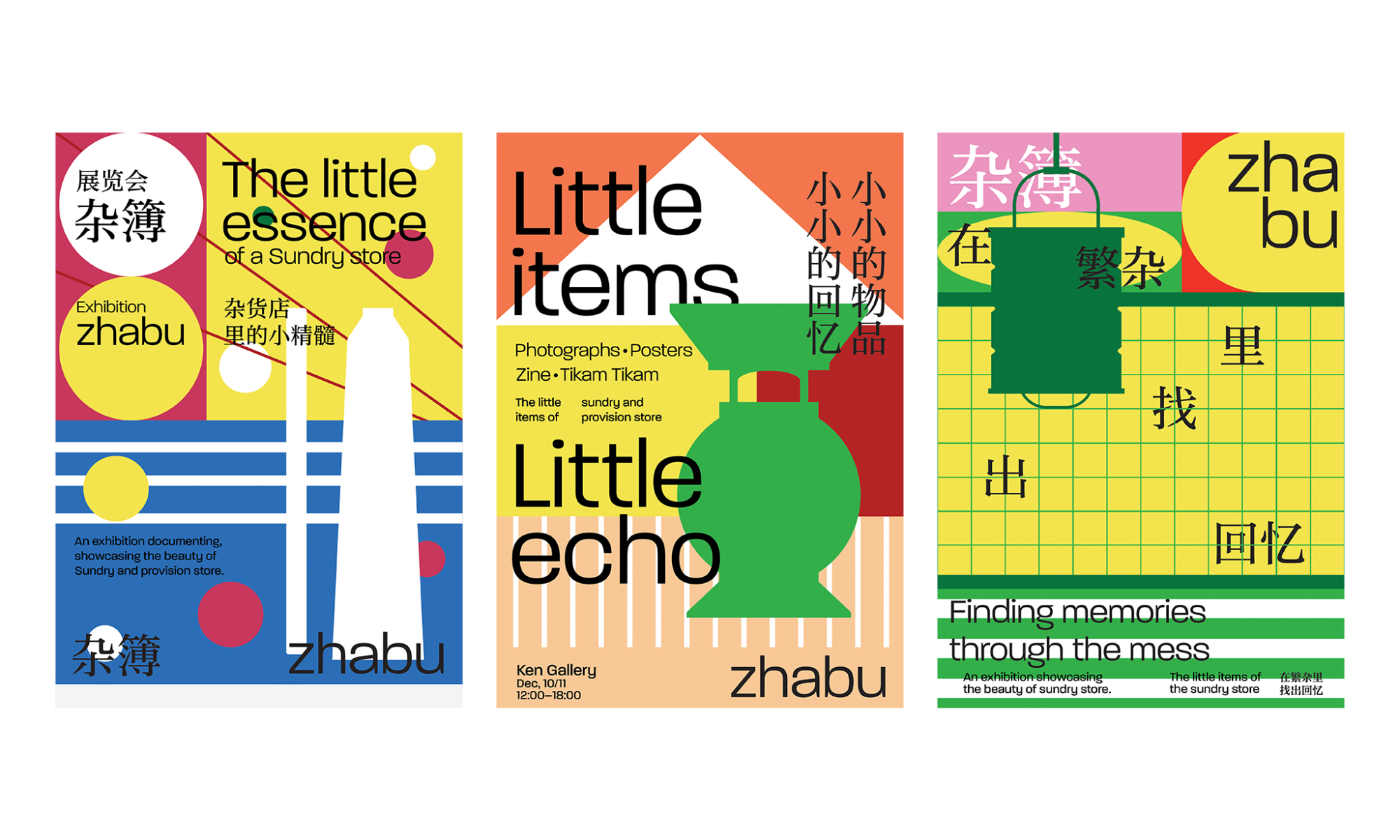Before the existence of convenience stores and supermarkets, there was the kedai runcit (sundry store). It was a place where people would be able to buy all kinds of their daily necessities such as grain, oil, food, everyday household items, etc. While parents would visit the store very often for their daily needs, children also loved visiting the store too as the store also offered very exciting snacks and toys for them. If you were lucky you’d sometimes get some free things from the owner as well. During peak hours it was always fun to watch the owner switch from speaking Mandarin to Hokkien, to Cantonese, and then to Malay. A lot of foreigners and immigrants visited the store as well. Eventually, some owners would even know how to speak other languages such as Tagalog, Bahasa Indonesia, etc. No matter who they were, everyone was treated as friends and family. There was a very strong sense of human warmth in these stores that could not be found anywhere else. Sometimes people would simply go over just to chit-chat with the store owner as well as their neighbours.
It was not just a store, but a place of community, love, and trust.
Over time it has become the heart of the community and also a part of our culture. Back then some families were struggling financially and had some difficulty in their living conditions. The sundry store provided an extended credit system that allowed customers to purchase their necessary supplies. Then when they received their salary the next month they would pay what they owed. Occasionally the owner would give discounts or even free stuff to the customers. There was a very strong trust between the owner and the customers which helped build a sense of community. With the rising growth of convenience stores and supermarkets, more and more local sundry stores shut down over time.

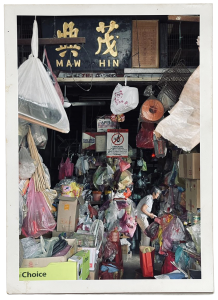
My great-grandmother used to own a kedai runcit in Ipoh back then. I still remember the old times when I would visit the store and get free snacks from her. The store was overly crowded with items, with only one small path just enough for one person to walk through. Usually, the customer would just tell her what they wanted to buy, and then wait at the front entrance while my great-grandmother would magically pull out whatever they wanted to buy. To avoid me disturbing her at work, she’d have me sit on a pile of rice bags and give me free snacks to keep me busy. Unfortunately, she passed away very recently and the store was destroyed to build new businesses.
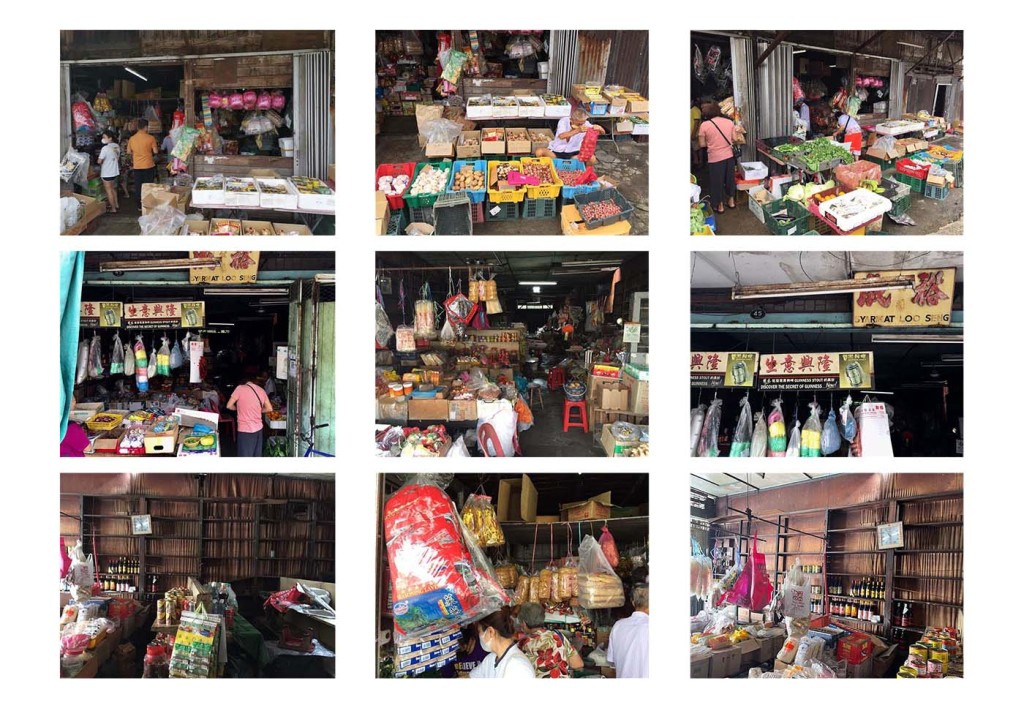
We may have owned the last generation of the sundry stores, since the advances of technology has made it harder for these stores to survive. Hopefully, this project can serve as an archive to document and showcase the archaic beauty that Malaysia had and to introduce it to the next generations. In a way, it is a cross-generational project where the older and younger generations are trying to connect.
To do this I needed to create visuals that were attractive to the younger generation but also offered that sense of nostalgia for the past. I started visiting sundry stores for inspiration — going through all of the mundane items in the stores. Although these items are small, they still offer the little iconic things that make up the kedai runcit.
In the end, my result was a combination of today’s contemporary design style with the colors and shapes taken from the iconic household objects/nostalgic snacks in the store that invoked the same sense of overwhelming excitement that people used to feel when they visited the kedai runcit.
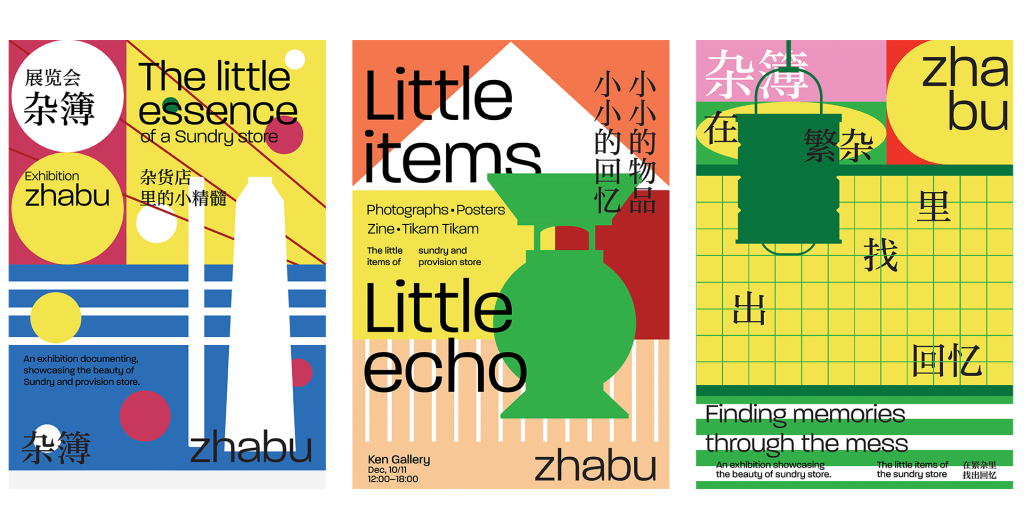


For this project, I created a zine as a form of documentation to commemorate the kedai runcit. The purpose of this project is not to give a history lesson or to be educational but merely to provide an archive and sharing session of the love and memories people had with kedai runcit. In this zine, we look at the little iconic items, the little stories, and random memories that people have about the stores. Though these things are mundane, they are the little essences that makes up the sundry store. Hence the title “Little essence of a sundry store”.
Through this zine, I hope that people will be able to experience that same sense of excitement that kids used to feel when they visited the kedai runcit.
Tikam Tikam Calendar
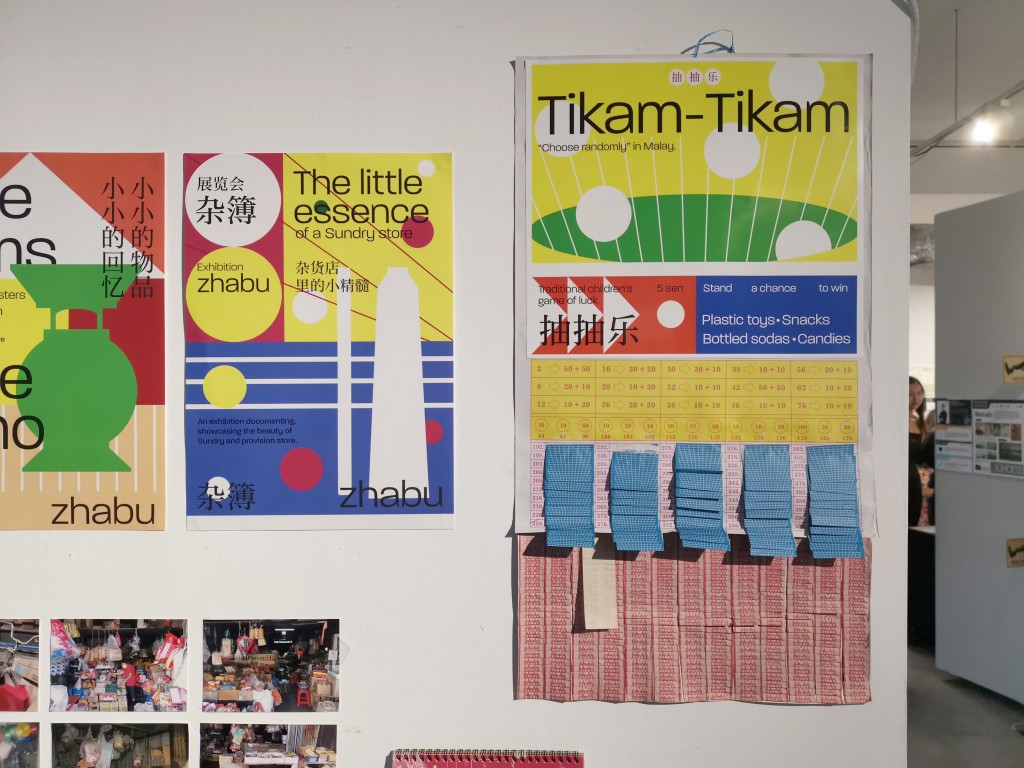


Tikam-Tikam calendar is inspired by the traditional children’s game of luck. It was one of the most popular games among children from the 1950s to 1970s. To play, children had to select a numbered ticket which only cost a few cents at a sundry store. Children could win prizes such as toys or soft drinks. To use the calendar, users would be able to tear off the front part of the pages revealing the dates inside. Each page featured a design that was inspired by specific nostalgic snacks that Malaysians used to eat back in the day.

The project received positive feedback from both young and old generations. Both groups expressed positive reactions to the visuals and understood the purpose of this project.
It was nice to see everyone feeling excited about the project, but especially the older audience. The younger audience was really curious to learn about this culture and to have conversations about the project. Many adults who had great memories with the sundry store were very excited to share their own memories and stories with both me and their own children. There were also a lot of adults who were not familiar with the culture and were really interested to know more about it as well. In the end it was nice to see how this project was able to spark that conversation between different generations right in front of my eyes.
These small interactions are just like the little items in the sundry store. Although these things are little, some people may even call them meaningless, they are the little essence of the sundry stores that no longer exist. After all, it’s the little things in life that sing to us, and we should celebrate them.
